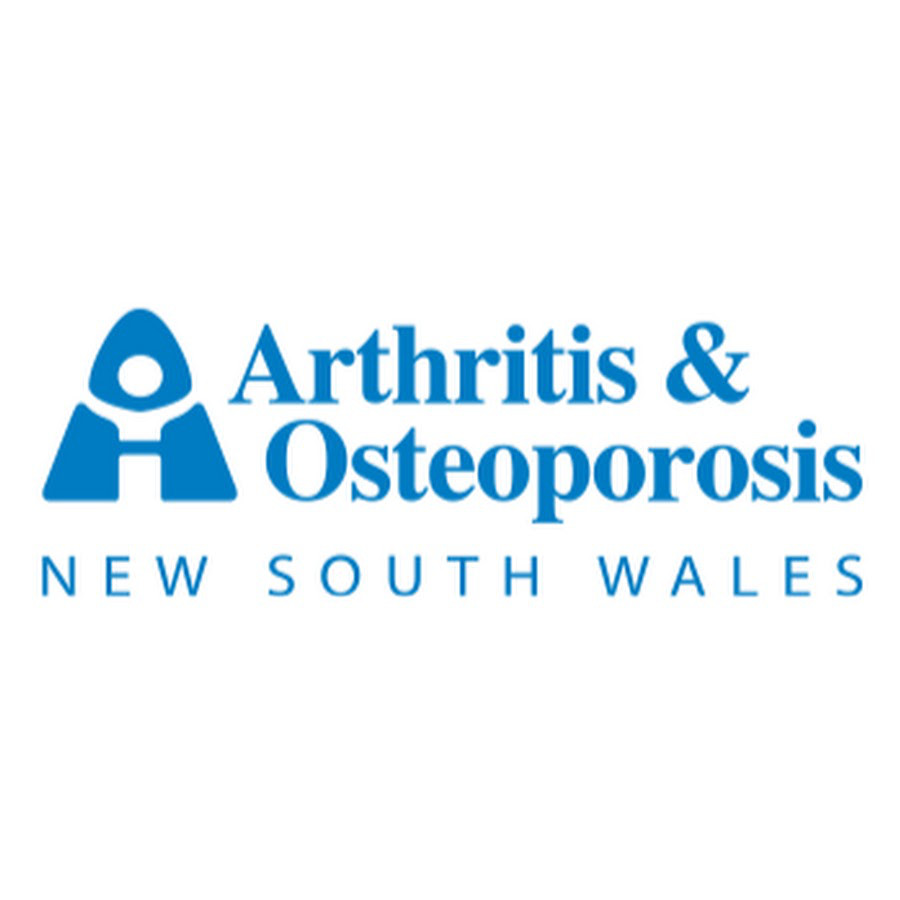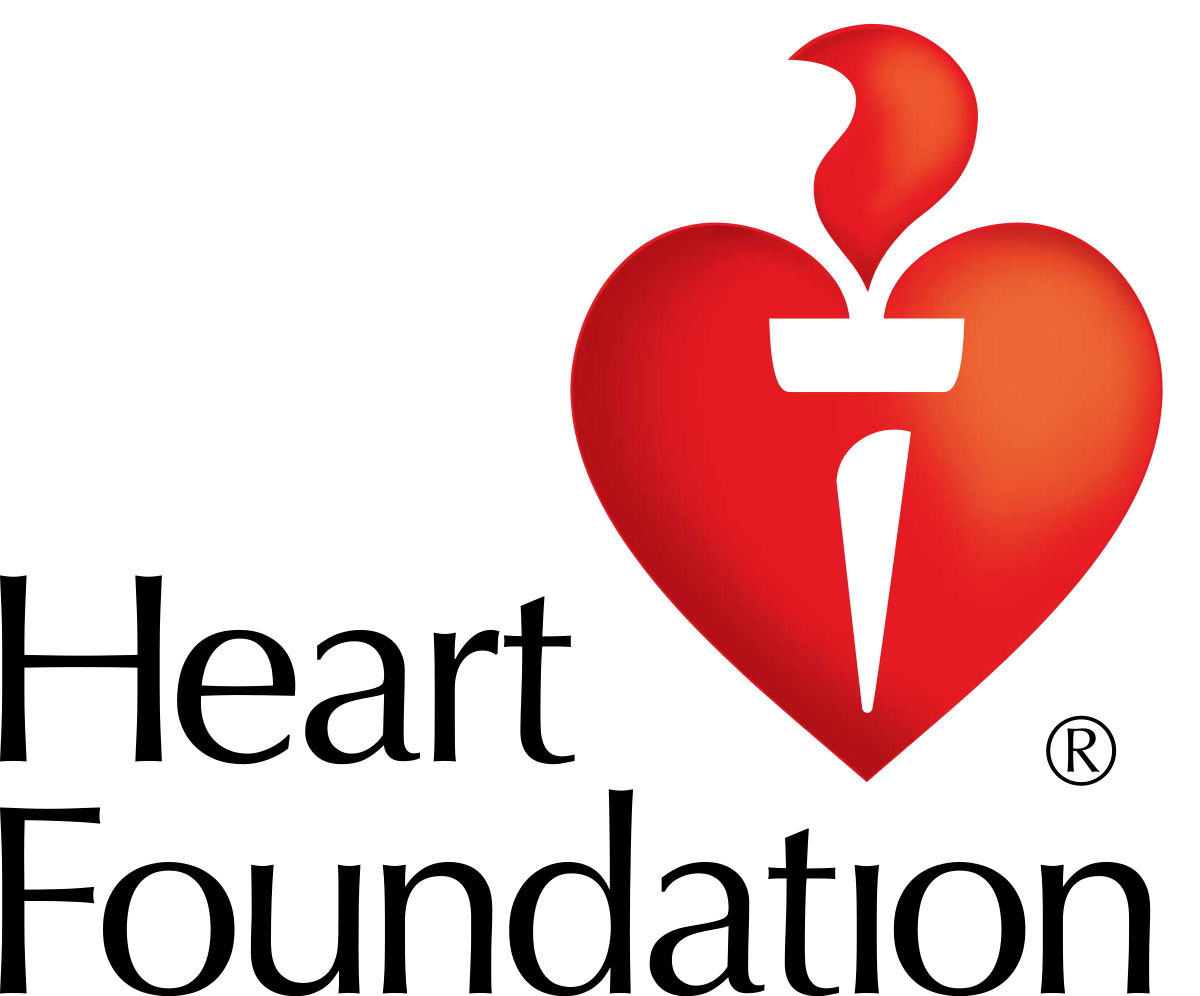Knee replacement surgery
Knee replacement surgery involves removing a faulty knee joint and replacing it with an artificial joint (called a prosthesis in medical jargon). Serious osteoarthritis is the most common reason people have knee replacements, according to Better Health. An artificial joint isn't as functional in its movement as a healthy knee joint.
Conditions that can be treated with knee replacement surgery includes:
- Severe osteoarthritis
- Ligament damage or infection that leads to severe osteoarthritis
- Rheumatoid arthritis
- Haemophilia
- Crystal deposition diseases such as gout
- Avascular necrosis – death of bone following loss of blood supply
- Bone dysplasias – disorders of the growth of bone.
Prior to the operation, you will need to discuss a range of issues with your doctor or surgeon, including:
- Thorough assessment of your knee joint, which may include x-rays and other imaging techniques.
- Your medical history. If you are elderly, you will need to undergo tests to make sure you are fit for the operation. These tests may include an electrocardiogram and blood tests.
- Inform your doctor about any drugs you may be regularly taking, particularly drugs that affect the blood’s ability to clot such as aspirin or Warfarin.
- Your expectations – you need to understand that although the prosthesis is sophisticated, it can’t replicate the full function of a healthy knee joint. Possible complications of surgery will also be discussed.
Operation procedure
The procedure of knee replacement surgery includes:
- You are given antibiotics and blood-thinning drugs about half an hour before the surgery. These drugs help to prevent complications such as infection and blood clots.
- Your leg is cleaned and prepared for surgery.
- You lie on your back on the operating table.
- You are given either a general anaesthetic (which renders you unconscious) or a spinal anaesthetic (which numbs you from the injection site down).
- Mechanical devices to reduce the risk of clots, such as stockings or foot pumps, are used during the operation.
- The incision is up to 30cm long, extending from above your kneecap to below.
- Soft tissue, such as muscle, is moved to expose the knee joint.
- The tibia and femur are cut, and the diseased knee joint is removed.
- Further bone from the tibia and femur may be removed to make sure the prosthetic knee joint sits in the correct position.
- Usually, a special type of glue called bone cement is used to anchor the prosthetic knee to the femur and tibia.
- If needed, the kneecap (patella) is replaced with a prosthetic ‘button’.
- Ligaments and muscles are rearranged.
- A drainage tube is inserted into the wound.
- The incision is closed with stitches or clips.
- The operation can take between two and four hours.
Immediately after the operation
After the operation, you can expect:
- Your knee is covered with a dressing and a drainage tube removes excess fluids from the wound.
- You are monitored by nursing staff who regularly check your vital signs (such as blood pressure).
- You are given antibiotics to reduce the risk of infection.
- You are given medications to thin your blood and reduce the risk of clots both during and after the operation.
- Strong pain relief can be given via an epidural or drip.
- You can start eating again on the second day after your operation.
- Nurses encourage you to move your feet and bend your other leg as soon as you can – this helps to reduce the risk of clot formation.
- You are encouraged to walk around on the second day after surgery.
- Physiotherapists show you how to perform knee exercises.
- Occupational therapists advise you on how to best modify your home to make daily life easier during your recovery (for example, the use of safety rails and walking aids).
- Knee replacement surgery without complications usually involves a seven to 10 day hospital stay.
- Your stitches are removed about 10 days after surgery.
Taking care of yourself at home
Be guided by your doctor or surgeon, but general suggestions include:
- The pain and stiffness take time to ease, so be patient. It may take around three months before you feel fully recovered.
- Keep your wound site clean and dry.
- Avoid smoking – cigarette smoke can increase your risk of lung infections.
- Avoid any sporting activities for at least two months.
- Follow the suggestions given to you by medical staff on how to walk, climb stairs, and get in and out of chairs safely.
- Avoid jumping, jolting the knee joint or kneeling down.
- Use aids to help you around the home – for example, handrails at the bath and toilet, footstools, raised toilet seats, crutches and walking sticks.
- Check your knee carefully for any signs of infection. These can include redness, swelling, warmth or seepage.
- See your doctor or surgeon if you experience anything unusual, such as clicking or popping sounds coming from the knee joint, or a sudden loss of joint control or movement.
Other forms of treatment
Without replacement surgery, a severely osteoarthritic knee joint may continue to deteriorate until it is impossible to go about your normal daily activities, such as standing up, walking or getting up from a seated position. Other (less effective) forms of treatment include:
- The use of walking aids, such as frames or walking sticks
- Non-steroidal anti-inflammatory drugs (NSAIDs)
- Corticosteroid injections
- Other surgery, such as osteotomy – an operation in which diseased bone is cut away in an attempt to properly align the malformed joint.
Where to get help
- Your doctor
- Rheumatologist
- Orthopaedic surgeon
- Physiotherapist
- Occupational therapist.
Source: Better Health Channel, https://www.betterhealth.vic.gov.au/health/ConditionsAndTreatments/knee-replacement-surgery



